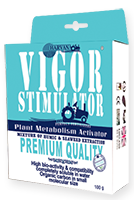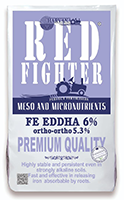Potting soil drainage
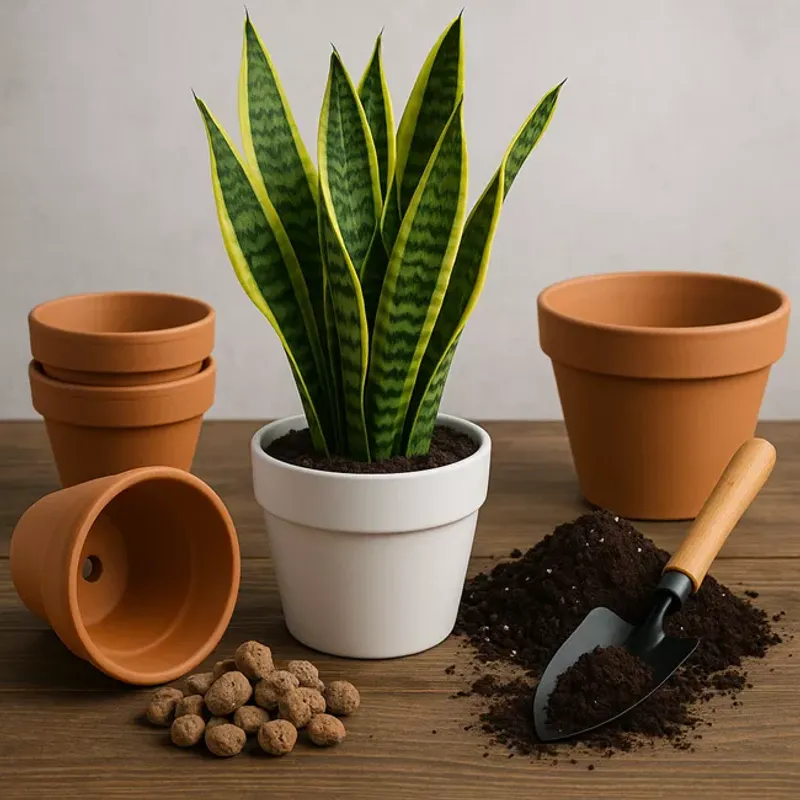
:Potting soil drainage
Potting soil drainage is a vital factor in ensuring the health and growth of potted plants. Proper drainage allows water to move through the soil at the desired rate. Good drainage is essential for healthy plants because it prevents waterlogging, root rot, and fungal diseases. Drainage helps to remove excess water and salts so the soil is better ventilated, and roots grow better. Perlite soil improves aeration and drainage, vermiculite soil retains some moisture while aiding drainage, and coarse sand increases soil porosit
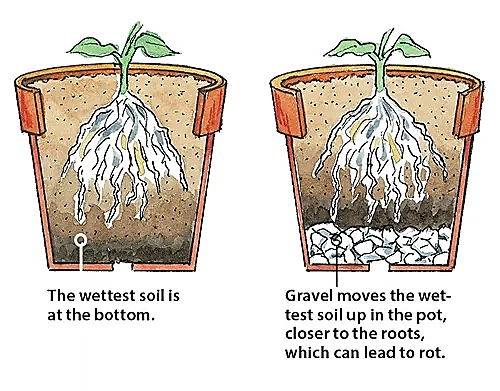
?What is potting soil drainage
Potting soil drainage refers to the capacity and speed of water movement in potting soil, which creates a balance between moisture retention and water flow to prevent overwatering or drying out. This ensures that excess water is effectively drained from the root zone, allowing the roots to access the water and oxygen that are essential for healthy root growth and plant growth. Well-drained potting soil has a loose, porous structure that prevents soil compaction, supports aeration, and maintains ideal moisture levels by not retaining too much water or draining too quickly. Potting soil drainage describes how water moves through the soil in the potting medium, ensuring that plants receive the right amount of water while maintaining air spaces for oxygen at the roots and balancing moisture and dryness for optimal plant health
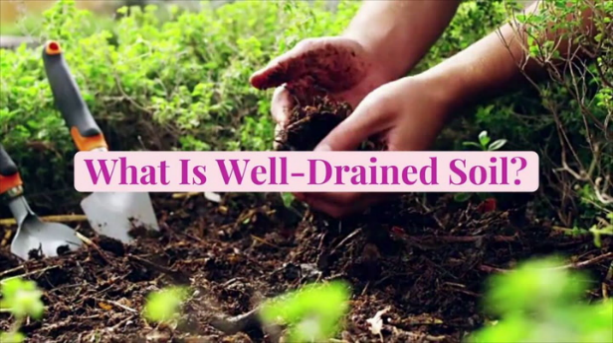
:Characteristics of well-drained potting soil
Well-drained potting soil strikes a balance between moisture retention, aeration, and drainage
:Its key features include
Porosity: Increased porosity allows water and air to circulate effectively, supporting healthy root growth
Balanced water retention: The soil holds enough water for the roots to absorb, but dries out enough between waterings to prevent root rot or dehydration
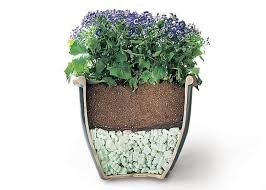
:Different methods of proper drainage in potting soil
:Soil composition improvement
The only real way to change drainage is to modify the composition of the soil. Increasing the particle size within the mix increases the air space and water drains faster because there are fewer small gaps to get stuck in. This can be done by mixing larger particles like perlite or pumice evenly throughout the soil rather than layering them
:Pot and container drainage design
Make sure pots have adequate drainage holes - holes in the bottom are crucial to allow excess water to drain and prevent waterlogging around the roots
:Create custom mixes with extra drainage
For plants that require extra drainage, custom potting mixes can be created by mixing standard potting soil with drainage enhancers such as perlite, pumice or lye (light expanded clay aggregate). This ensures that the soil is aerated and drains quickly. The main methods for improving potting soil drainage include altering the composition of the soil by adding coarse, porous materials; using properly designed potting mixes; creating proper drainage holes in the pot; avoiding layers of sand inside the pot; and creating custom soil mixes by adding additives such as perlite and pumice. These methods ensure balanced moisture retention, aeration and effective drainage for healthy plant roots
:Importance of Drainage
Pot drainage is critically important for the health and survival of plants grown in pots. Proper drainage allows excess water to escape from the pot, preventing water from accumulating around the roots. This is essential because plant roots need to exchange oxygen and carbon dioxide with air; when soil becomes waterlogged it closes off the air pockets, depriving roots of oxygen. Without adequate drainage, roots are prone to drowning and root rot, a severe condition that can kill the plant. Root rot is caused when roots remain in soggy, oxygen-deprived soil long enough for fungal or bacterial pathogens to thrive and decay the roots. Early signs of root rot include yellowing leaves, wilting despite soil moisture, leaf drop, and foul smells from the potting soil.Besides preventing root rot, drainage is also vital to avoid salt buildup within potting soil. Tap water and fertilizers contain salts harmful to plants. When plants absorb water but not the salts, these salts accumulate gradually in the soil if excess water cannot flush through and out of drainage holes. Salt buildup damages plants by causing leaf browning or development of a whitish crust on soil surfaces.Proper drainage also helps maintain soil structure and aeration. Without drainage, soil tends to become compacted from excess moisture, limiting air flow and hindering root growth, nutrient uptake, and overall plant vigor. Adequate drainage ensures water moves evenly through the potting mix, creating a balanced environment where roots have access to moisture and oxygen, promoting strong, healthy root systems
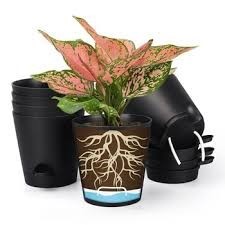
:How to Drain Potting Soil
For effective drainage of potting soil, the best way is to ensure good drainage of the soil mixture by using materials such as perlite, vermiculite, coconut fiber, peat moss, and coarse sand. These components help water flow easily and provide aeration for the roots, preventing waterlogging and root rot. Draining excess water from the potting soil is essential to prevent root rot and maintain plant health. Proper drainage is essential for healthy potted plants, as poor drainage can lead to root rot and other problems
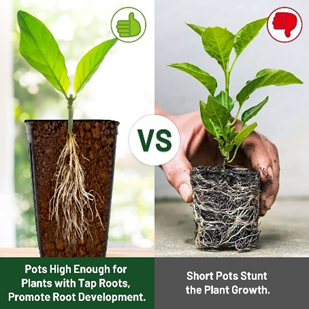
Here's how to improve drainage in potting soil
.Choose the right pot. Use containers with drainage holes. Always choose pots with enough drainage holes in the bottom to allow excess water to drain. If your pot lacks holes, consider drilling some holes in it or repotting it
- Amend the potting mix. Add perlite, pumice, or coarse sand (up to 30 percent) to improve aeration and drainage. Prepare the pot with drainage layers. Before adding soil, place a layer of coarse material (such as broken pottery, rocks, or bricks) in the bottom of the pot. This will helps to prevent the soil's drainage holes from becoming blocked and improves water flow
- Avoid dense, heavy clay soils that hold a lot of water. Elevate the pot. Place pot stands, bricks, or small rocks under the pot to drain excess water. Use a mesh screen over the drainage holes to prevent soil from washing away
- Water only when the top 1 to 2 inches of soil is dryReplace as necessary. If the soil stays wet for days, repot with fresh, well-drained potting mix. Trim any rotted roots before repotting
- Use a wicking system (for overwatered plants). Place the pot on absorbent material such as newspaper or a towel to remove moisture. Gently tilt the pot to drain excess water
- Add organic matter. Incorporate compost or other organic matter into the soil. This not only improves drainage, but also improves soil structure and provides nutrients. If your existing soil is dense or holds too much water, mix it with perlite, coarse sand, or coco to improve drainage. Avoid using regular garden soil, which can become compacted and impede water flow
Drainage Maintenance and Testing: Periodically check that the drainage holes are not blocked by roots or debris. If water drains slowly, use a stick or tool to clear any blockages. Test drainage by watering the plant and observing how quickly the water drains from the bottom. Well-draining soil should allow water to pass through steadily without pooling. Replace as necessary
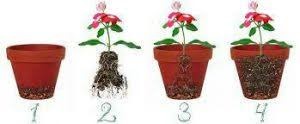
:Key ingredients for good drainage in potting soil
Perlite increases aeration and drainage, while ermiculite retains moisture, improves texture. Coco Coir strengthens structure, retains moisture. Compost adds nutrients and improves structure. Coarse sand improves drainage (in small amounts). Biochar increases aeration and retains nutrients
:Signs of poor drainage
Soil stays wet for more than 3-4 days, causing mold or fungus on the soil surface, yellowing leaves, or root rot
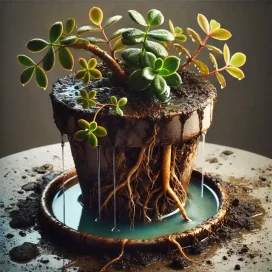
?Why does potting soil need drainage
The roots of most flowers and plants are suffocated by too much water and too much water remaining in the soil, and your plant will gradually lose its vitality and may die. Just as not watering will cause the plant to die, too much watering will also cause the plant to die. Drainage also varies depending on the type of plant. Some flowers and plants require high drainage, while others require moderate drainage. For example, the soil of the Dieffenbachia flower must have very good drainage because its roots will suffocate due to too much water remaining
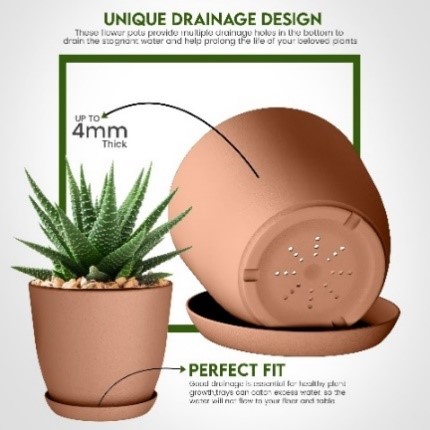
?How do we know if the soil has good drainage
Good drainage means that water does not remain in the soil for long periods of time, indicating that the soil has a loose, porous structure that allows excess water to drain away while retaining enough moisture for the plants. Water moves through the soil at a moderate rate, not too fast (which means poor moisture retention) and not too slow (which means waterlogging). The soil has good porosity to allow for air and water movement and support healthy roots
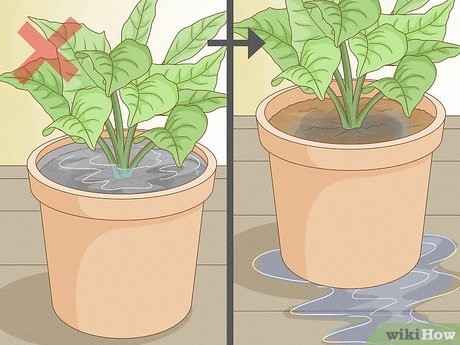
:Conclusion
Proper POT drainage is crucial to plant health as it prevents waterlogging and root rot. A pot with good drainage includes drainage holes that allow excess water to drain out. This balance keeps the root zone moist but not waterlogged, ensuring oxygen flow to the roots and promoting strong plant growt

